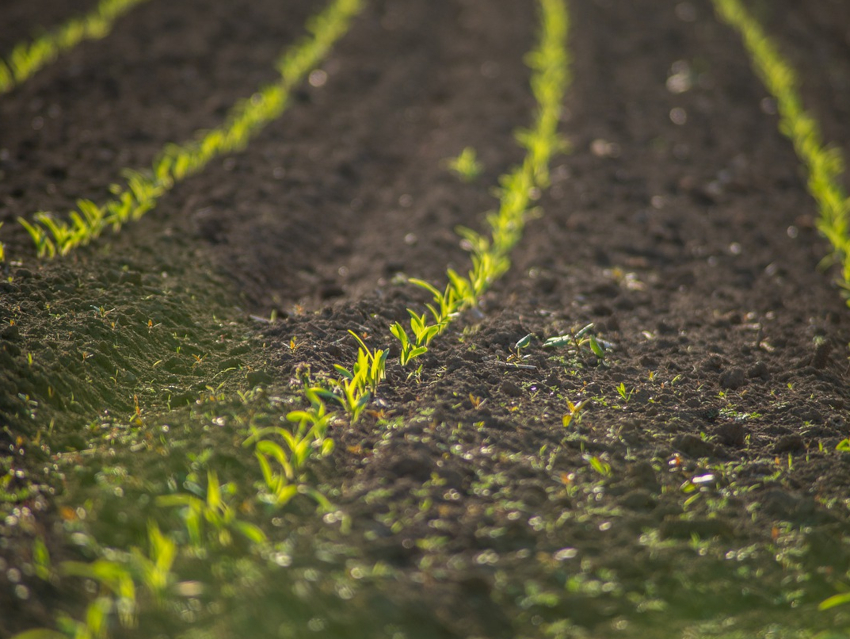Agriculture in dry, hot regions can be difficult because the soil dries out quickly. Mulches or ground covers, such as plastic sheets or engineered nanomaterials, can slow evaporation and enhance plant growth and crop yields. However, these materials can be expensive, create waste, and/or leach unwanted compounds into the soil. Some plants and animals naturally produce waxy substances that trap water from fog or condensation. This can serve as inspiration for the development of an improved, environmentally friendly mulch that keeps the soil moist.
Himanshu Mishra, King Abdullah University of Science and Technology (KAUST), Thuwal, Saudi Arabia, and colleagues have developed a simple, biodegradable ground cover that keeps moisture in the soil and increases crop yields: wax-coated sand. The researchers used purified paraffin wax, a biodegradable substance available in large quantities. They dissolved the wax in hexane and poured silica sand into the mixture. As the solvent evaporated, a 20-nm-thick wax coating was left behind on the grains of sand.
The team applied a thin layer of the resulting superhydrophobic sand onto an open field located in Saudi Arabia. They found that the coated sand decreased evaporation by 56–78 % and increased soil moisture by 25–45 %. Field trials showed that tomato, barley, and wheat plants mulched with the material produced substantially more fruit and grain than those grown in uncovered soil. In addition, the microbial community around the plants’ roots and in the soil was not negatively impacted. This approach could make water use more efficient in arid regions.
- Nature-Inspired Superhydrophobic Sand Mulches Increase Agricultural Productivity and Water-Use Efficiency in Arid Regions,
Adair Gallo, Kennedy Odokonyero, Magdi A. A. Mousa, Joel Reihmer, Samir Al-Mashharawi, Ramona Marasco, Edelberto Manalastas, Mitchell J. L. Morton, Daniele Daffonchio, Matthew F. McCabe, Mark Tester, Himanshu Mishra,
ACS Agric. Sci. Technol. 2022.
https://doi.org/10.1021/acsagscitech.1c00148




